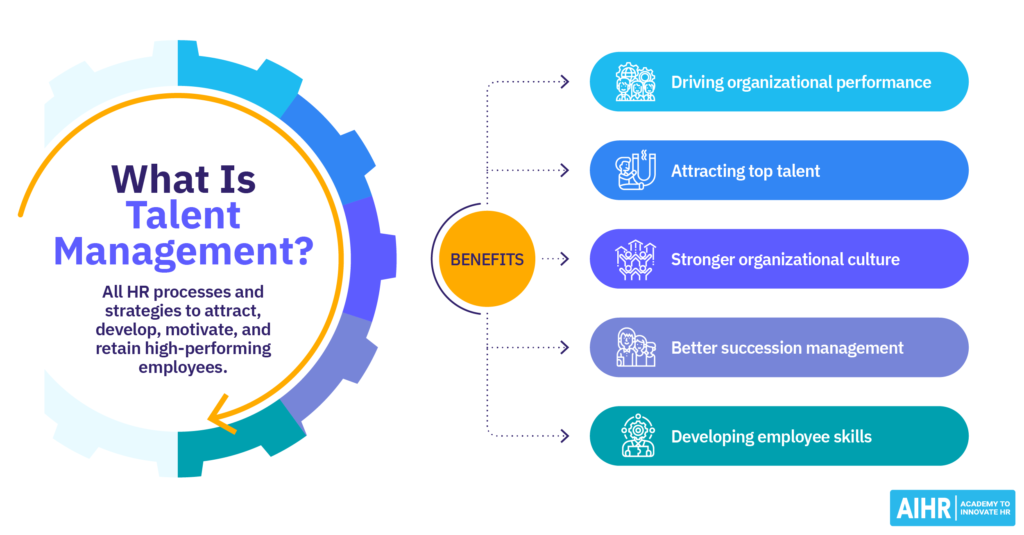Loans and financing are big business today. That fact is proven by the growing number of financial institutions working in the field and providing related services directly to consumers. Most of them fall into specific categories, targeting certain parts of the market versus trying to be financing generalists. These include:
- Student loan consolidation
- Revolving debt refinancing and consolidation
- Unsecured debt to secured debt consolidation
- Credit card debt to loan consolidation
Marketing By Trading Horses
Corporations in the same category as Symple Lending focus their marketing on a simple, key aspect that attracts customers again and again: consolidated debt is cheaper and easier to manage than a consumer’s current situation.
At any given point, a debt is worth two things: the amount owed and how much future income it can generate. For many creditors, they have debts owed to them that have already been paid back in practice, but they are still technically owed due to the principal balance not being paid off.
In these cases, the companies might wish to obtain the rest of their debt faster, so they can reissue it and make greater profits with higher interest rates. In these cases, they are willing to let their debt be paid off in cash, allowing the liability to transfer to another creditor.
For the borrower, while it doesn’t erase the debt, it can mean a lower cost of interest, allowing the borrower to pay it off faster in total.
Why Consumers Should Look at Consolidation
If a borrower is deep in debt that’s not going to be paid off right away, then the next best thing one can do is increase the amount of payment that is going to principal versus interest. This barely happens with high-interest debt like credit cards.
So, shifting debt over to consolidated loans with fixed interest amounts and payment forces the principal to be paid down faster. That’s a positive for the borrower who starts making progress and actually paying down debt owed in total.
Borrow a Lesson from Medical Triage
Serious debt that can’t be removed quickly should be treated like a serious injury; stabilize the patient so the injury doesn’t get worse. Then provide the means for the patient to recover. It may take a while, but as long as the patient is healing, things are going in the right direction.
Debt that borrowers can’t pay off needs to be treated the same way. Companies like Symple Lending provide the tools. Consolidate, reduce the injury, stabilize the payments and then focus on paying the debt down.
Understanding the Spectrum of Debt Consolidation Services
1. Student Loan Consolidation
With the rising costs of education, student loan debt has become a significant burden for many individuals. Student loan consolidation services aim to streamline multiple student loans into a single, more manageable payment, often with favorable terms and interest rates.
2. Revolving Debt Refinancing and Consolidation
Revolving debts, such as those incurred through credit cards or lines of credit, can quickly spiral out of control due to high-interest rates and minimum payments. Refinancing and consolidating revolving debts allow borrowers to consolidate multiple balances into a single loan with a fixed interest rate, potentially reducing overall interest costs and simplifying repayment.
3. Unsecured Debt to Secured Debt Consolidation
For individuals struggling with unsecured debts, such as personal loans or medical bills, converting these liabilities into secured debts backed by collateral can offer a viable solution.
Secured debt consolidation enables borrowers to leverage assets, such as home equity, to secure a loan with more favorable terms and lower interest rates.
4. Credit Card Debt to Loan Consolidation
Credit card debt, notorious for its exorbitant interest rates and compounding balances, can be particularly challenging to manage. Consolidating credit card debt into a single loan with a lower interest rate can help borrowers regain control over their finances and accelerate debt repayment.
Marketing Strategies in Debt Consolidation
Companies operating in the debt consolidation industry employ targeted marketing strategies to attract and retain customers. Symple Lending and similar entities emphasize the cost-effectiveness and simplicity of consolidated debt management, highlighting the potential savings and convenience for borrowers.
By conveying the message that consolidated debt is easier to manage and can lead to significant interest savings, these companies aim to appeal to individuals seeking financial relief and stability.
The Economics of Debt Consolidation
Debt consolidation revolves around optimizing the balance between the amount owed and future income generation. For creditors, consolidating debts allows them to expedite the repayment process, thereby freeing up capital for reinvestment and potentially increasing profits through higher interest rates on reissued debt.
On the other hand, for borrowers, consolidating debts into a single, fixed-interest loan enables them to allocate more funds towards principal repayment, accelerating the debt payoff timeline and reducing overall interest expenses.
The Case for Debt Consolidation: A Borrower’s Perspective
For individuals grappling with substantial debt burdens, consolidation offers a strategic approach to regain financial stability and progress towards debt freedom. By consolidating multiple debts into a single loan with a fixed interest rate, borrowers can simplify their repayment obligations and focus on reducing the principal balance.
Unlike revolving debts, which often entail paying primarily interest with minimal progress towards principal reduction, consolidated loans facilitate more efficient debt repayment, enabling borrowers to make tangible progress towards achieving financial freedom.
Conclusion
Debt consolidation represents a strategic mechanism for individuals to regain control over their finances and pave the way towards a debt-free future. By leveraging the expertise and services offered by companies like Symple Lending, borrowers can streamline their repayment obligations, reduce interest expenses, and accelerate their progress towards financial independence.
In navigating the complex landscape of debt consolidation, informed decision-making and proactive financial management are paramount. With the right approach and resources at their disposal, borrowers can embark on a path towards sustainable financial health and prosperity.




